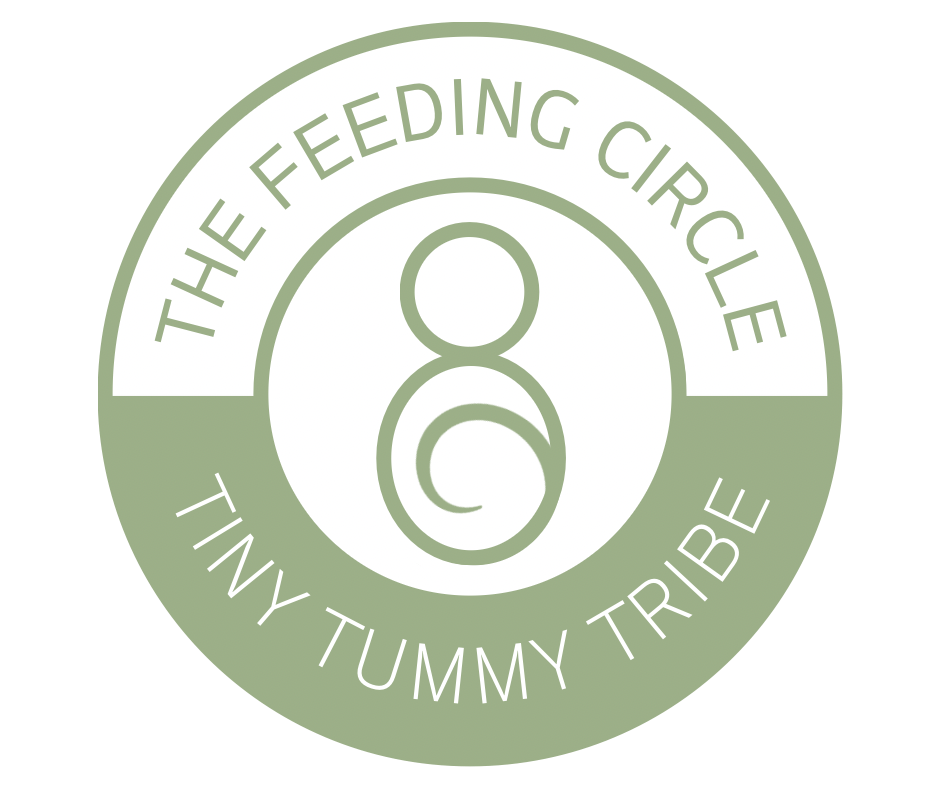HELP! My Baby Won't Drink My Pumped Frozen Milk: What to Expect & How to Manage It
Soapy, Metallic or Rancid Flavor in Breast Milk: What It Is and What to Do About It
You’ve thawed 4 ounces of pumped breast milk. You’re feeling good about having a stash ready for back to work — but then your baby refuses it. AHHHH now what?
Yesterday, they took a bottle of freshly pumped milk with no problem, so it’s not the bottle. Then you notice the milk smells… different. Soapy or metallic. You try another bag from your freezer, but it’s the same story.
What’s going on?
You may be dealing with
high lipase or oxidation.

What It Is and What to Do About It
What is Lipase?
- Lipase is a natural enzyme in breast milk that helps break down fat so your baby can digest it easily. It’s important — and it’s supposed to be there.
- But sometimes lipase works a little too quickly, especially in stored milk. This rapid breakdown of fat can cause the milk to smell or taste soapy, metallic, or even fishy after it’s been refrigerated or frozen.
- The good news? High lipase breastmilk is completely safe and nutritious — it just might taste different. If your baby seems picky, there are easy tricks to help, which we’ll cover below.
What is oxidation?
- Oxidation is a chemical reaction that happens when fats in breastmilk interact with oxygen, light, or heat. This process can reduce the milk’s nutritional quality, especially fat-soluble vitamins, and change the flavor — often making it sour or rancid.
- Oxidized milk is still safe to feed but might be rejected by babies because of the taste.
Tips If Your Baby Refuses Your Milk
- Offer freshly pumped milk whenever possible.
- Mix thawed milk with fresh milk in the same feeding.
- Blend into solids — oatmeal, purees, or yogurt can mask taste for babies eating solids.
- Experiment with temperature — some babies drink it better cold, others warm.
- Add a drop of alcohol-free vanilla extract (with your healthcare provider’s approval).
- Check storage methods:
- Store in the back of the fridge/freezer (not the door).
- Use glass containers or high-quality milk bags.
- Freeze as soon as possible after pumping.
Scalding Milk to Prevent High Lipase Taste
If you know your milk develops that soapy smell, you can heat-treat it before storing:
How to scald:
- Pour freshly pumped milk into a clean pot.
- Heat over medium until small bubbles seen at the edges of pot (about 180°F).
- Remove immediately, cool quickly, and freeze.
Scalding stops lipase activity before the taste develops. Note that it may slightly reduce certain nutrients — but if your baby is also nursing or receiving fresh milk, this isn’t typically an issue.
How to Prevent Oxidation
Parent’s diet may affect oxidization (especially polyunsaturated fats) or minerals in water (copper or iron) can contribute. Tips to help include:
- Avoid your usual drinking water and avoid washing pump parts in it too.
- Cut back on food or supplements that contain fish oil, flaxseed, or anchovies that contain fats prone to going rancid
- Increase antioxidants in your diet (vitamin E, beta carotene)
Good cleaning and storage habits help protect your milk:
- Always practice good hand hygiene
- Rinse all pump parts, if unable to wash immediately
- Wash pump parts and bottles thoroughly with hot, soapy water;
- Avoid dish towels when drying.
- Wash the wash basin and bottle brush.
- Clean your pumping area regularly, especially if using shared equipment.
- If baby is less than 2 months old, was born prematurely, or has a weakened immune system due to illness or medical treatment, sterilze once every 24 hours
- Follow safe breastmilk storage guidelines:
- Store at room temperature for up to 4 hours
- Refrigerate up to 4 days
- Freeze for up to 6 months (best) or 12 months (acceptable)
- Thaw milk safely (refrigerator overnight or lukewarm water), never microwave
- Use milk within 24 hours once thawed, and never refreeze
- Once breastmilk is brought to room temperature or warmed, use it within 2 hours.
- Use first in first out rule, always thaw the oldest breastmilk first. Over time, the quality of breastmilk can decrease.
The Bottom Line
High lipase and oxidation can be surprising and frustrating — especially when you’ve worked hard to pump and store your milk. The good news is, your milk is still safe and full of benefits. With the right storage methods and a little experimentation, you can find what works for your baby.


